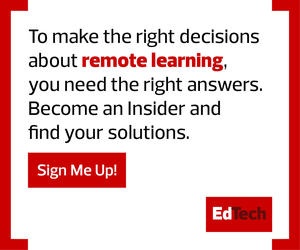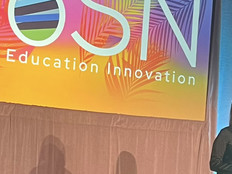Educational technology is providing students with opportunities they never had before. It’s connecting them with one another, but it’s also connecting tutors and new learning opportunities to students and their communities.
Bringing STEM Opportunities to Underserved K–12 Students
Before Dr. Bernard Harris went to space, he didn’t have any examples of astronauts who looked like him.
“When I looked at NASA and I saw who was the best of the best, it didn’t include people of color. It didn’t include women,” says Dr. Harris, former NASA flight surgeon. “Since working at NASA, I know that there were women and there were people of color behind the scenes along the way, but they were not on camera.”
After completing his extraterrestrial mission and becoming himself the example he couldn’t find when he was younger, Dr. Harris, who now works as the CEO of the National Math and Science Initiative, made it his terrestrial mission to inspire students in underserved communities to follow STEM pathways.
RELATED: Mobile STEM labs bring lessons to K–12 classrooms.
“I’ve always wanted to make sure that I inspired young people to follow in my footsteps, but more important, to do whatever it is that they want to do,” he says. “So for a long time, probably for 30 years or so, I’ve been involved in primary and secondary education programs that promote STEM education.”
Technology is a crucial component in allowing Dr. Harris to bring STEM to students across the country. It not only connects him with students he wouldn’t otherwise be able to meet, but also plays a large role in his work and how he sees the future of education.











